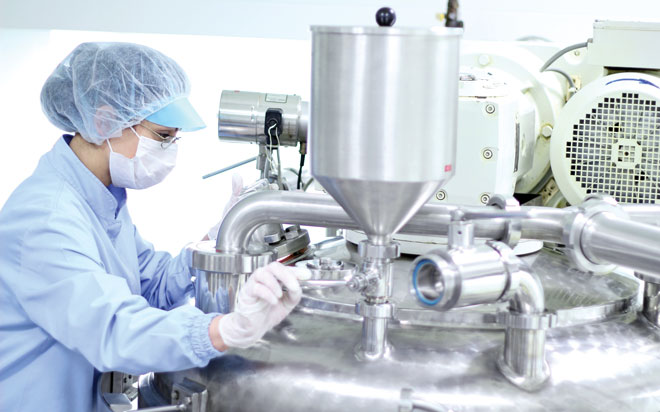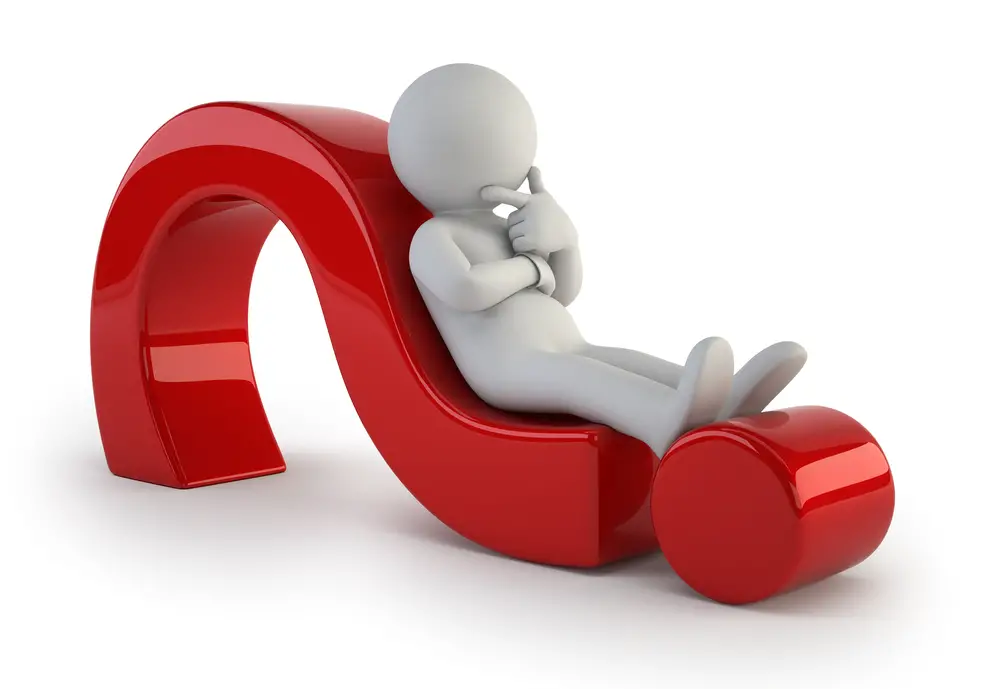Establishment of Limits in Cleaning Validation
The rationale for selecting limits for product residues should be logical and based on the materials involved and their therapeutic dose. The limits should be practical, achievable, and verifiable.
In establishing product residual limits, it may not be adequate to focus only on the main reactant since by products/chemical variations (active decomposition material) may be more difficult to remove. In addition to chemical testing, Thin Layer chromatography screening may be needed in certain circumstances.

The approach for setting limits can be:
- product specific cleaning validation for all products;
- grouping into product families and choosing a worst case product;
- grouping by properties (e.g., solubility, potency, toxicity or formulation ingredients known to be difficult to clean);
- setting limits on not allowing more than a certain fraction of carryover;
- different safety factors for different dosage forms.
Carry-over of product residues should meet defined criteria for example the most stringent of the following criteria (i, ii, iii):
a) NMT 0.1% of the normal therapeutic dose of any product to appear in the maximum daily dose of the following product;
b) NMT 10 ppm of any product to appear in another product;
c) No quantity of residue to be visible on the equipment after cleaning procedures are performed. Spiking studies should determine the concentration at which most active ingredients are visible.
d) For certain highly sensitizing or highly potent ingredients (such as penicillins, cephalosporins or potent steroids and cytotoxics), the limits should be below the limit of detection by best available analytical methods. In practice this may mean that dedicated plants are used for these products.
Thank you for visit and for more pharma updates click here – https://pharmaguidances.com

